From Paris to Salford, BBC’s Olympic studio captures Belle Époque era
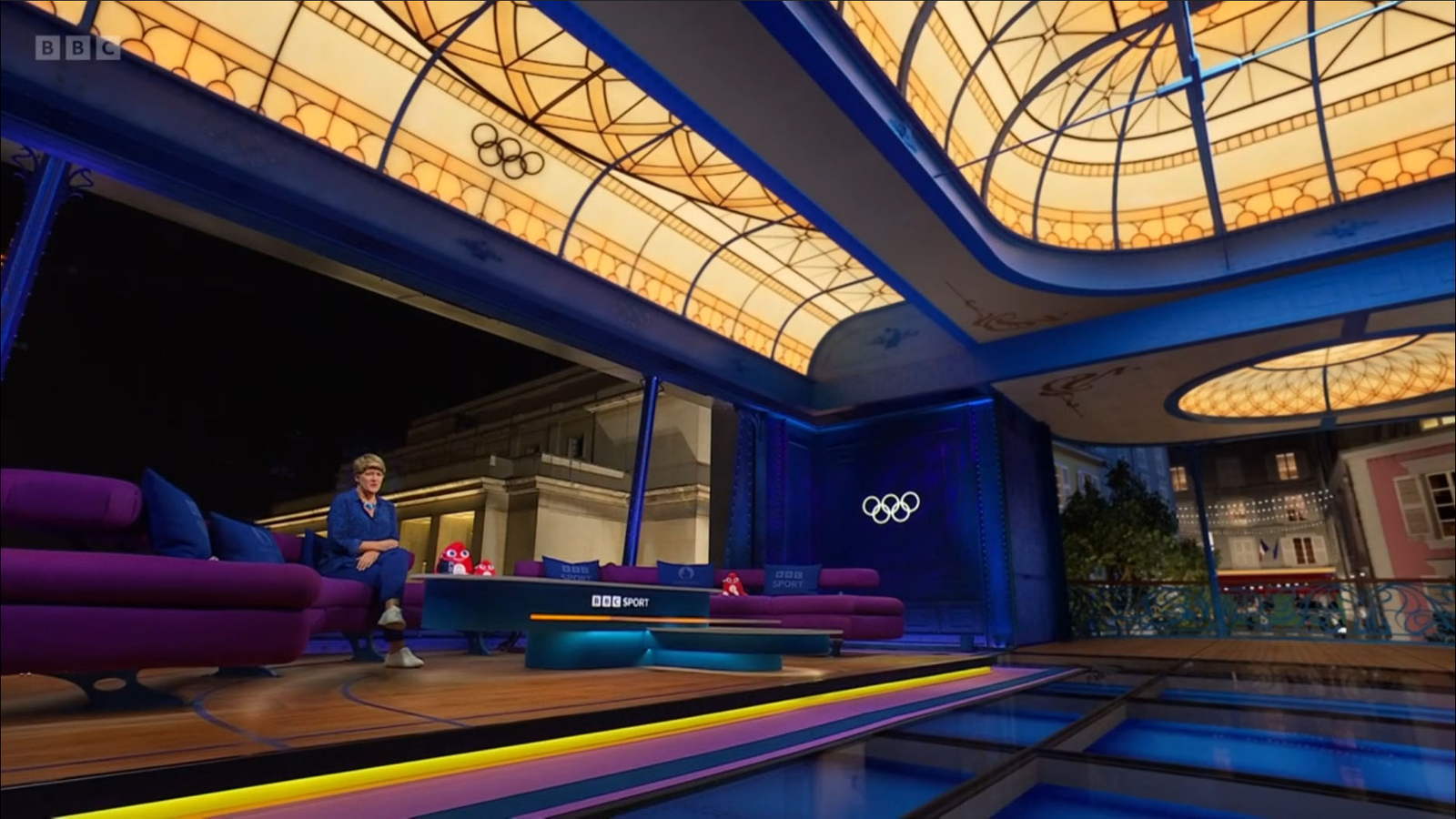
Subscribe to NCS for the latest news, project case studies and product announcements in broadcast technology, creative design and engineering delivered to your inbox.
From a physical studio overlooking the Eiffel Tower to a production hub in Salford, England, BBC Sport deployed a complex system blending tangible and virtual elements. This ambitious approach transformed 250 hours of Olympic content into a visual experience extending well past the action on the field.
While the main studio stood in Paris, the production nerve center hummed in Salford, orchestrating a complex dance of live broadcasts, remote editing, and virtual wizardry.
“We have a split site operation for the Olympics,” explained Sally Richardson, lead director, 2024 Summer Olympics, BBC Sport. “Here in Salford, we’ve got our gallery [production control] operation. So all live transmissions are directed and edited from here.”
The studio itself, perched in the Trocadéro area of Paris, offered what Richardson described as “the best view in Paris.” This hybrid studio combined physical set elements with virtual extensions, creating a seamless blend of real and digital environments.
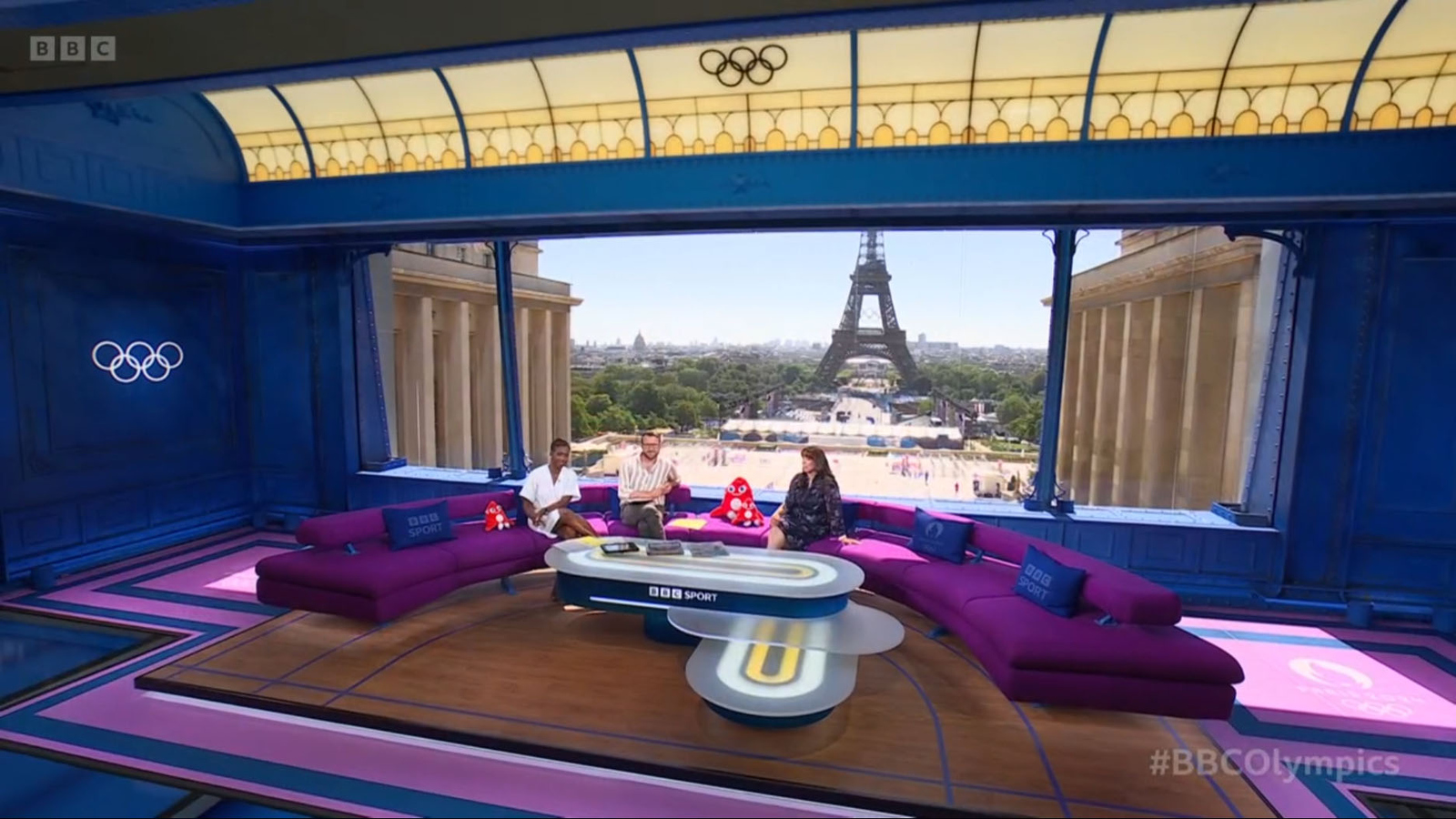
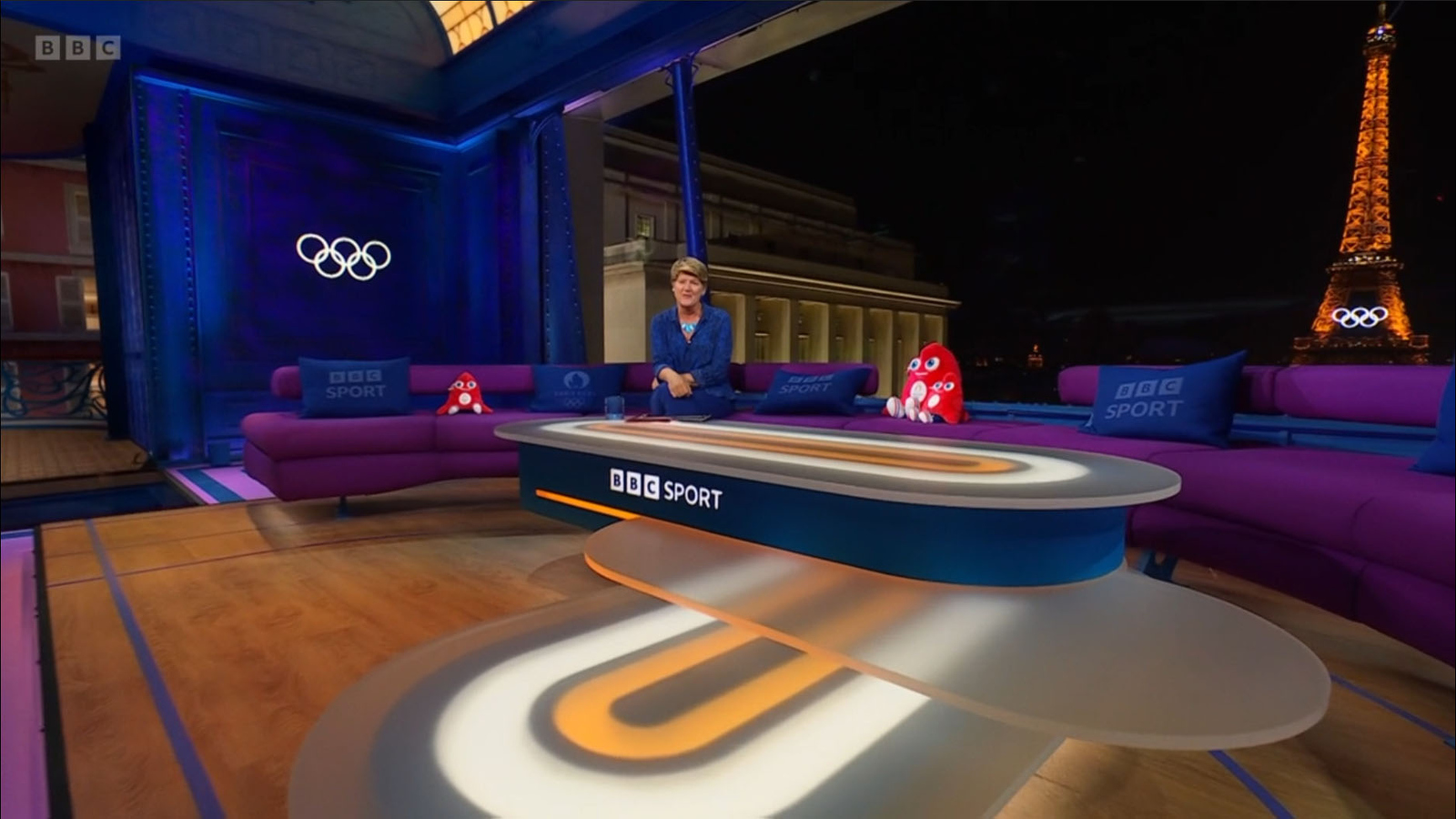
John Murphy, design director, BBC Sport, described the creative vision: “We knew we’d have a great view, but we wanted to complement that with a suite of augmented reality that could be used editorially.”
Designed by Toby Kalitowski of BK Design Projects and Jim Mann of Lightwell, the set drew inspiration from Paris’s rich architectural history.
“I kind of rooted the design in the history of Paris, specifically in that turn of the century, Belle Époque period,” Kalitowski said. “These amazing buildings and incredible science and arts that developed into Art Deco. So in terms of cultural references and design, it’s like a joy.”
“We didn’t want to go down the route of using a skyline,” Kalitowski explained. “Instead, we immersed ourselves deeper into the city’s architecture, focusing on building facades and textures.”
This attention to detail extended to the smaller elements of the set, such as the iron plates and rivets that adorned the virtual environment. These details were created using Adobe Substance Designer, which allowed the team to add a layer of authenticity to the virtual set.
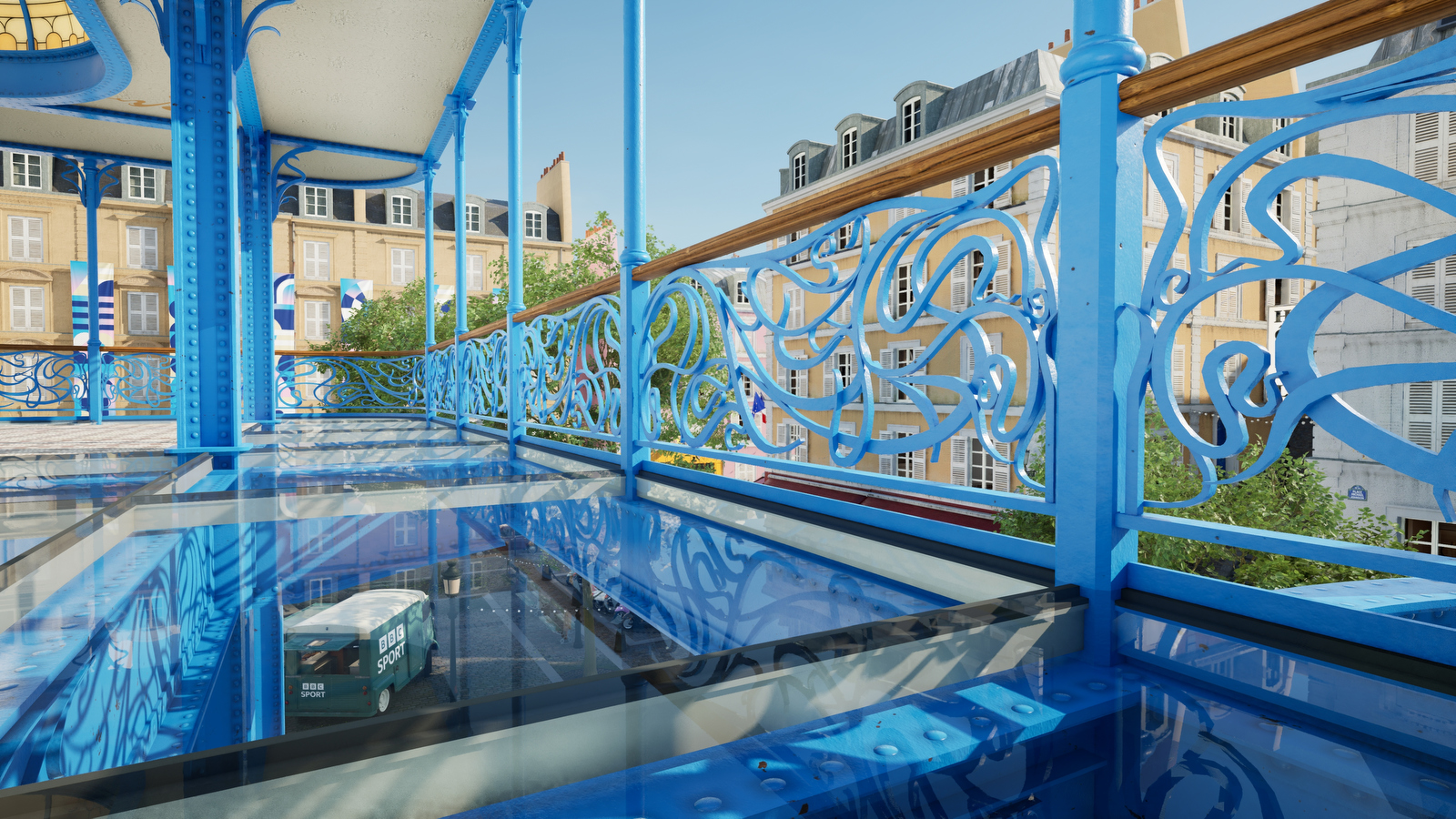
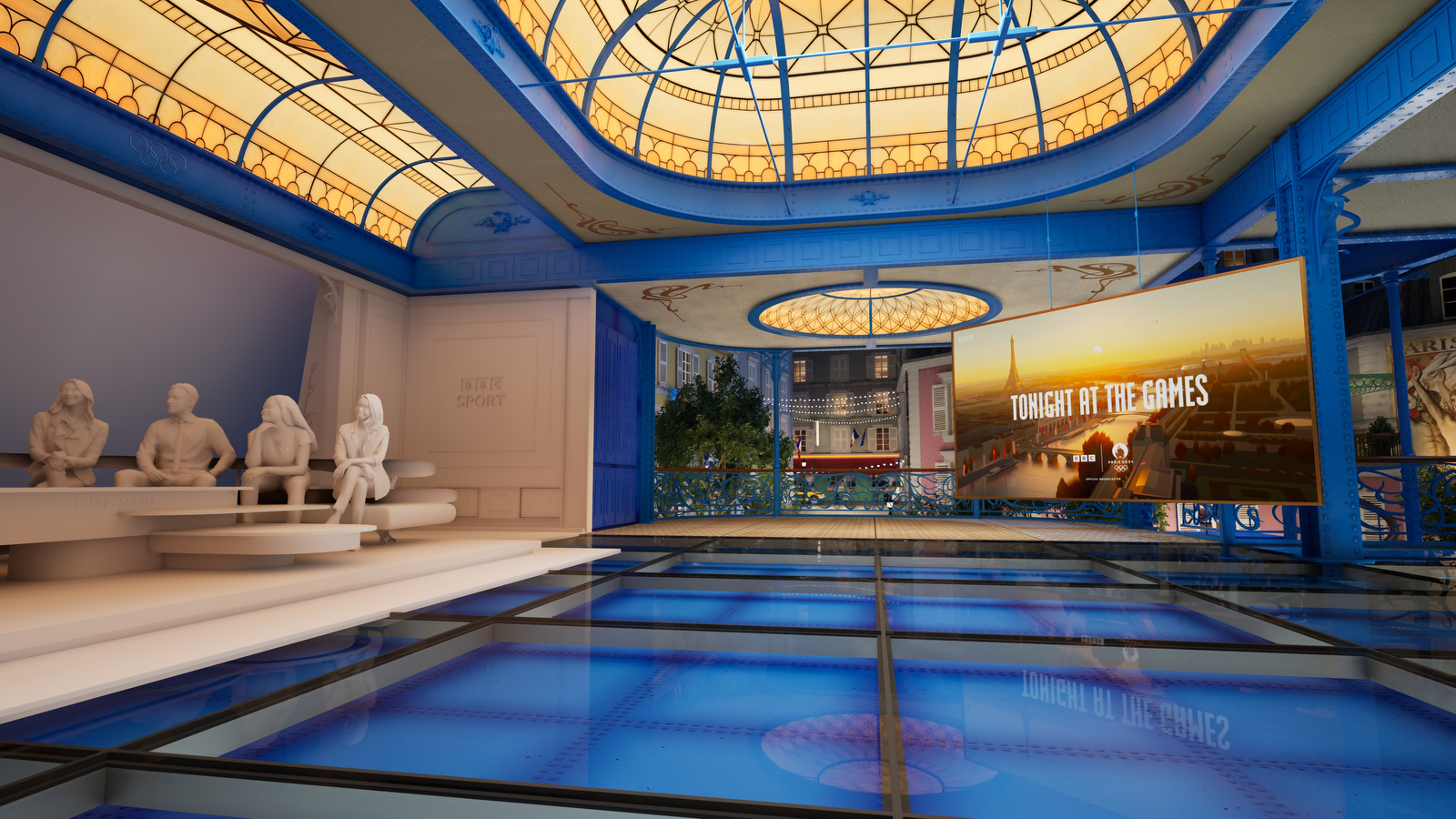
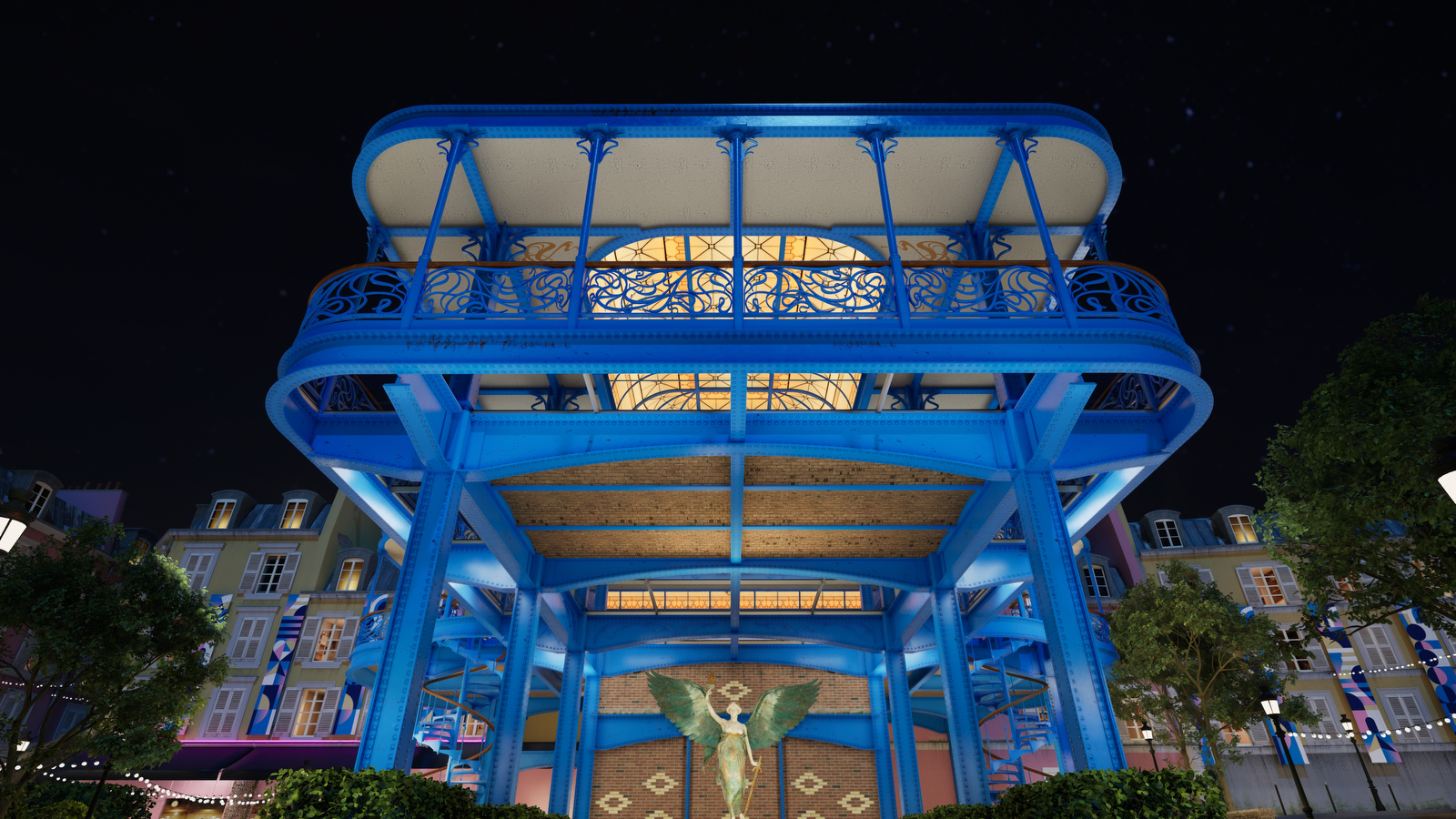
“We located the studio almost in a sort of found hundred-year-old iron structure. Which has had some coats of paint, but there’s areas where it’s chipped, there’s areas where it’s stained. It’s been around, it’s been in Paris for a hundred years,” said Mann.
“Toby and I worked on integrating real and virtual parts of the set from the outset. We’ve learned from multiple jobs in the past that having a believable hybrid environment relies on the junction between real and virtual being credible,” said Mann. “Not only do the materials, lighting, and detail have to match, but you need to design the junction with tolerances for the difference of movement between real and virtual. Inevitably the tracking will slip, and even if this is minor, it will be obvious on camera if the design can’t deal with this.”
The virtual elements were rendered using Unreal Engine 5, employing Lumen global illumination lighting for enhanced realism.
Mann noted the impact: “I think this is the first time using Lumen. And it’s that combination of the lighting, the global illumination, and the reflections that you get using Lumen. And I think that sort of visual quality is just amazing.”
Of course, the studio included BBC’s signature glass floor, which has made its way into other projects by the team. For Paris, however, the floor featured new tricks including the ability to slide open, revealing 3D maps of venues around Paris.
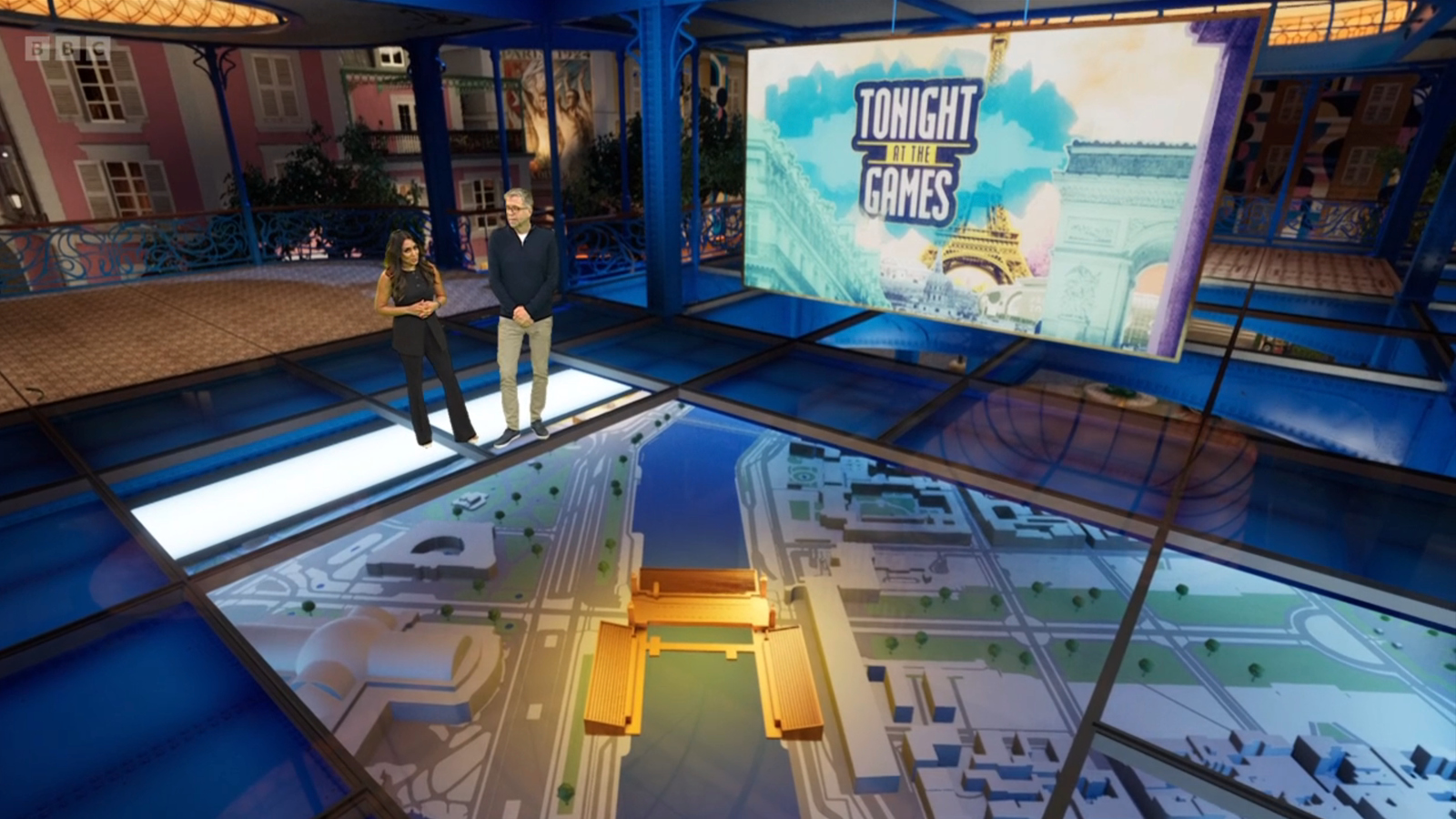
“We do love a virtual glass floor,” laughed Murphy. “I think this one is really kind of — probably because of Lumen and everything else — it really kind of pinged, didn’t it?”
The technical setup in Paris included a jib camera and three pedestal cameras along with locked-off high cameras for different unique angles and camera tracking from Mo-Sys. Moov handled the technical integration of the virtual set with Vizrt, with the majority of the production and graphics controlled remotely from MediaCity in Salford.
This remote production presented unique challenges.
“From a director’s point of view, not being able to go out onto the studio floor and to get an understanding of how movement works on the floor in terms of the cameras — that is really tricky for me and probably quite frustrating for the camera ops as well,” said Richardson.
Despite these challenges, the crew created compelling content that utilized every angle of the studio.
“Our jib operator who does the late shift, a chap called Carl Wilson, he’s absolutely supreme. I think he’s the best in the business. He finds things in the VR world which, you know, I don’t think any of us at times ever really thought would be possible,” said Richardson.
With the mix of real and virtual, BBC was able to adapt the studio throughout the Olympics for different key storylines, deploying a mix of augmented overlays, faux video walls and even giant medals.
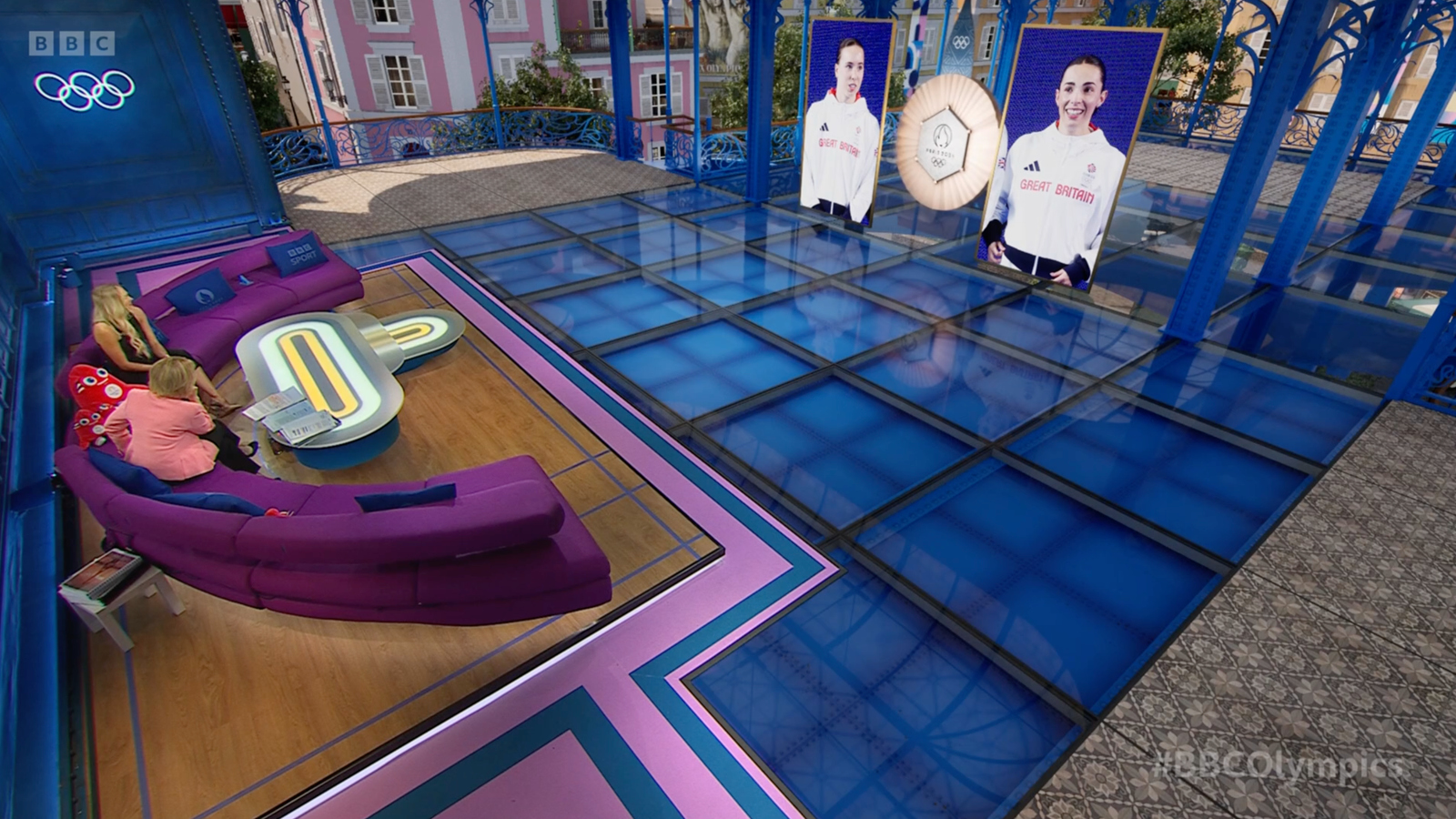
“We have effectively five different teams throughout the day that are doing programs,” Murphy said. “It’s almost kind of giving each production team a set of tools to be able to be in that same studio environment, but be able to kind of use AR in a slightly different way or slightly change their shots.”
The production team also had to contend with the technical demands of running a virtual studio in a live broadcast environment. Unreal Engine 5, while powerful, required careful optimization to ensure that the virtual set performed smoothly during broadcasts.
“You’re looking at it on the screen and you’re thinking this looks amazing. And then you’re looking at the performance figures and it’s like, that’s not amazing. And it’s got to run at a certain frame rate. And if it doesn’t run at that frame rate, it doesn’t work,” said Mann.
To overcome these challenges, the team brought in additional expertise. “We hired a guy who came in and he was very good at the under the hood optimization,” Mann said. “It was literally days before the model needed handed over that there was a eureka moment where I realized I was just lighting it wrong for Lumen.”
The attention to detail extended beyond the virtual elements. Kalitowski and Mann even conducted on-site research in Paris.
“Jim and I were able to have a weekend together in Paris, where we scoured Paris. We were like walking around like two nerds looking at curbstones and rivers,” Kalitowski quipped.
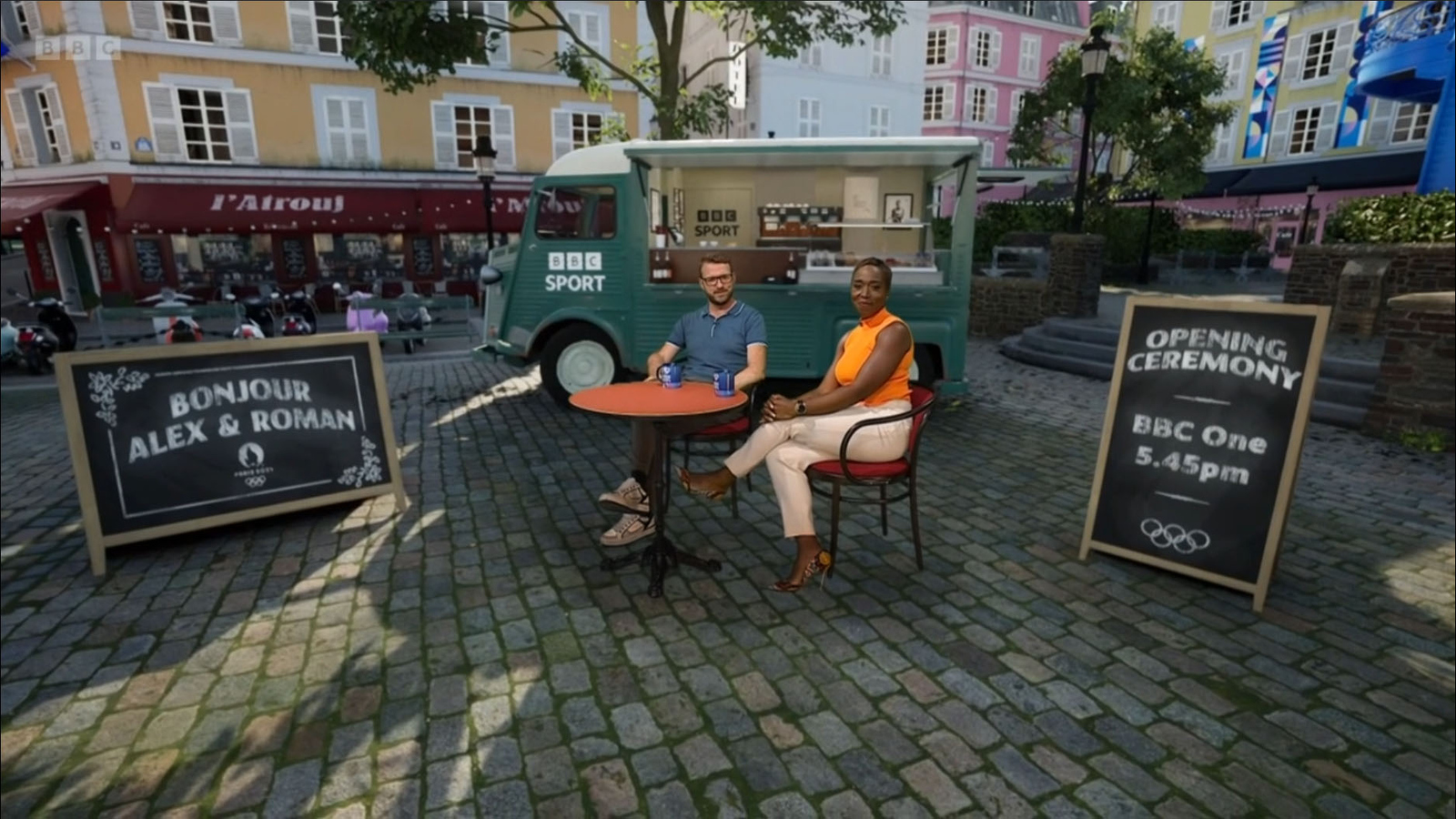
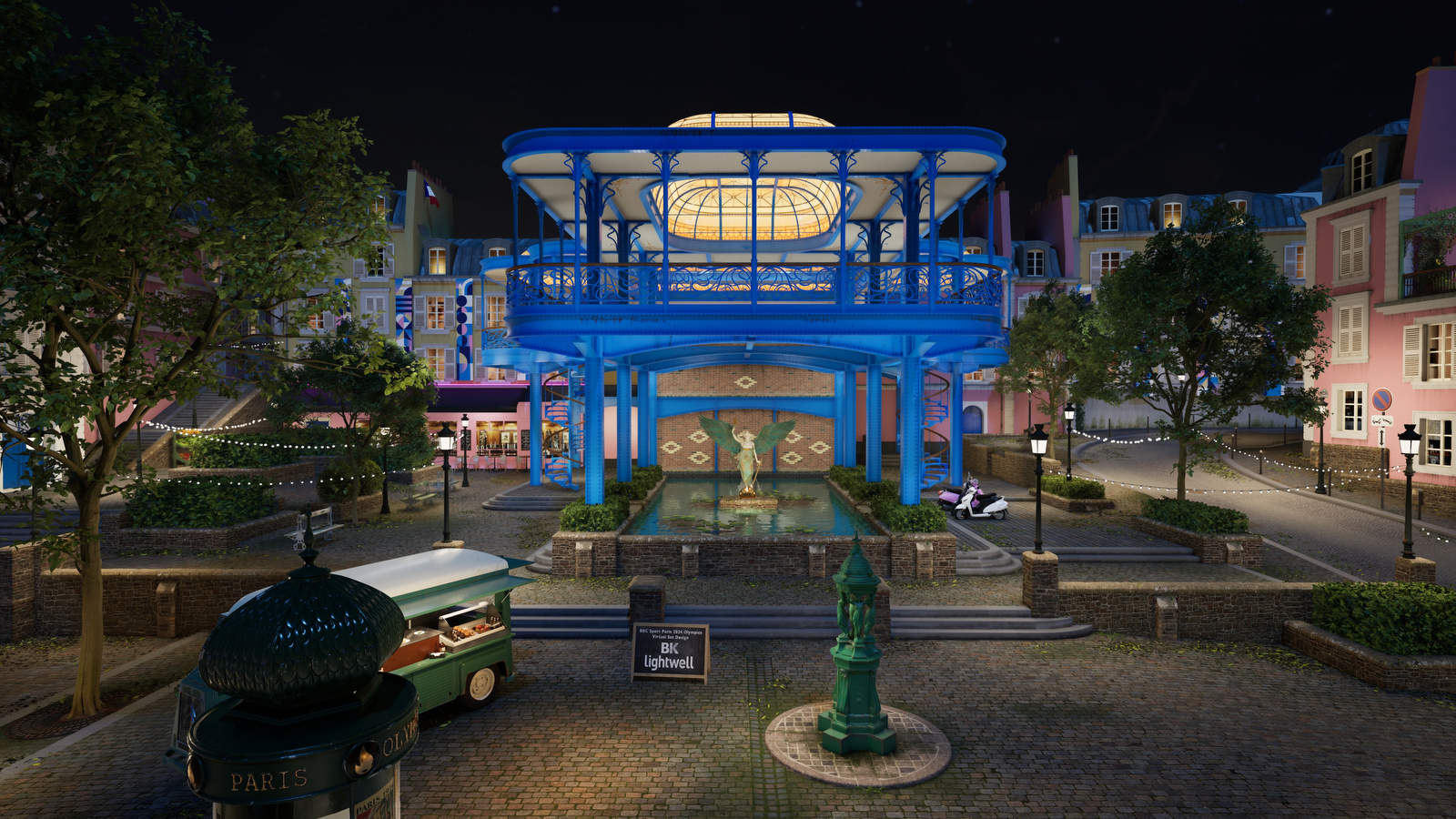
This meticulous approach paid off, as Richardson attested: “When I actually was out there and I walked around and had a look at buildings, I don’t know why it surprised me, but the authenticity of what you guys have delivered is absolutely astonishing. Just an absolute mirror image.”
The virtual environment also included additional spaces, such as a BBC truck designed for more informal interview segments.
BBC’s Olympic coverage encompassed 32 sports and over 200 countries across 250 hours of linear TV broadcasting. This scope required a flexible system that could adapt to the Games’ ever-changing narrative.
“It’s not just about the British athletes,” Richardson noted. “We have a responsibility to tell that whole Olympic story across the board. Whether it’s a rising star like Leon Marchand for the host nation or an icon like Simone Biles, we need to be able to shift our focus quickly.”
Looking to the future, the BBC team is already considering how to build upon this technology for upcoming events. “Project Avalanche is our next big step,” Murphy revealed. “It’s all about bringing in more real-time data-based graphics. We’re talking about a level of information integration that could revolutionize sports broadcasting.”
“It’s a kind of cultural moment and it’s a chance to engage with a wider audience for sport,” said Kalitowski.
Subscribe to NCS for the latest news, project case studies and product announcements in broadcast technology, creative design and engineering delivered to your inbox.


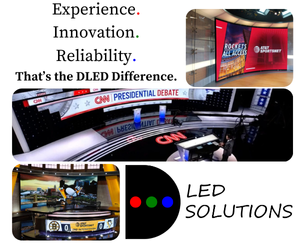
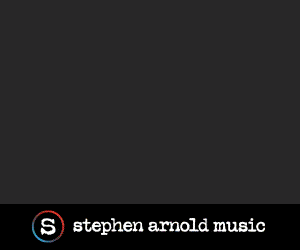


tags
2024 Summer Olympics, BBC, BBC Sport, BK Design Projects, Epic Games Unreal Engine, jim mann, John Murphy, lightwell, Moov, Sally Richardson, Toby Kalitowski
categories
Augmented Reality, Virtual Production and Virtual Sets, Heroes, Olympics, Sports Broadcasting & Production, Virtual Sets